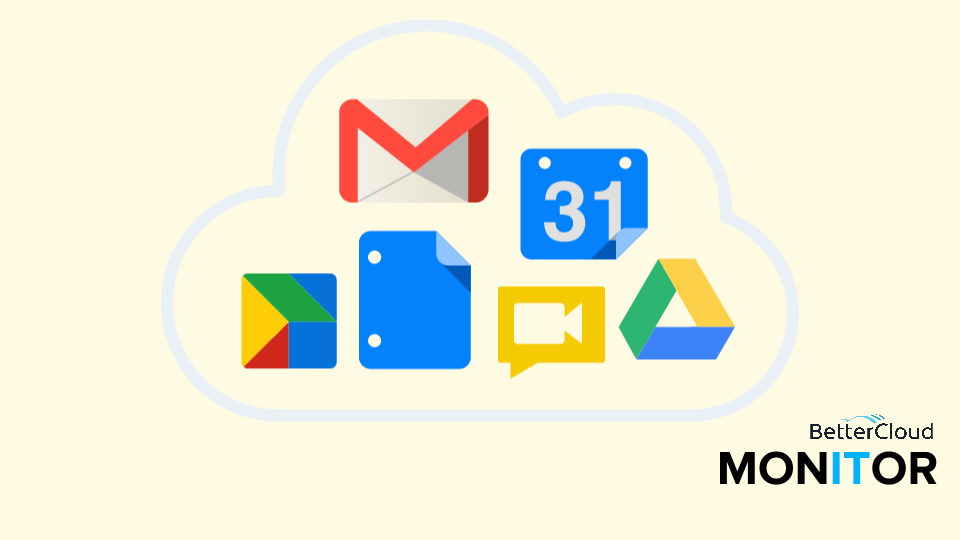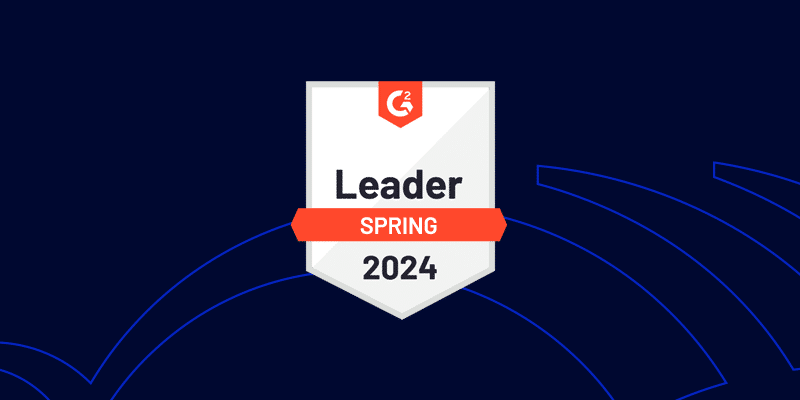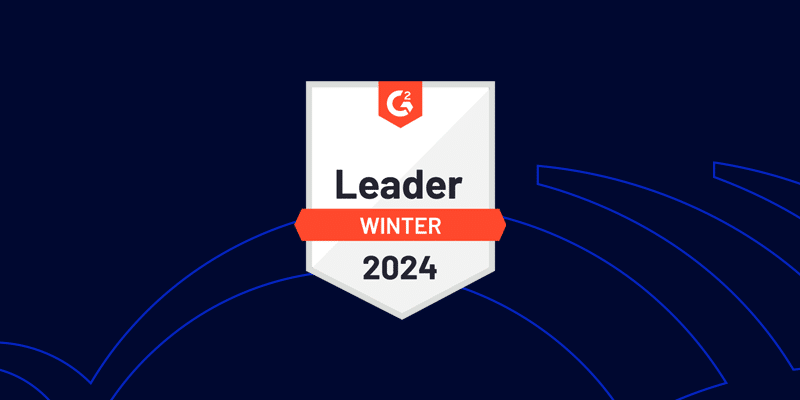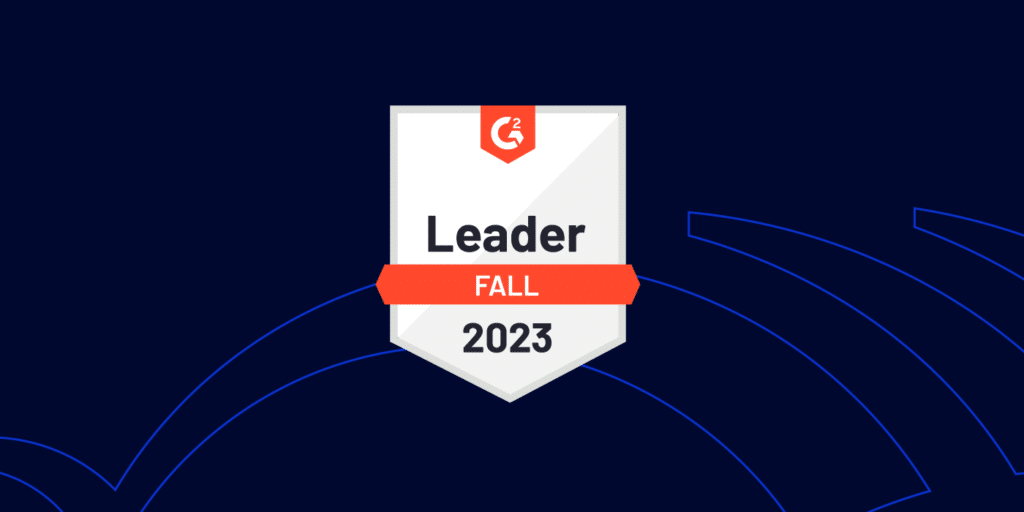Chapel Hill-Carrboro City Schools – A BetterCloud Case Study
October 21, 2014
2 minute read

 Based in Orange County, North Carolina, Chapel Hill-Carrboro City Schools (CHCCS) is a K-12 school district with over 12,000 students across 20 schools, and more than 2,000 faculty and staff.
Based in Orange County, North Carolina, Chapel Hill-Carrboro City Schools (CHCCS) is a K-12 school district with over 12,000 students across 20 schools, and more than 2,000 faculty and staff.
A Multi-Year Move to Google Apps
Managing IT across the entire district is Scott Latimore, CHCCS’s Web Architect. Today, Google Apps is an integral part of their technology program, but it hasn’t always been.
In 2010, the school district was still using FirstClass as their email system, but felt both unsatisfied with its collaboration capabilities and ready for a change. Looking for a more user-friendly platform, Latimore led the charge on the move to Google Apps, first migrating faculty and staff accounts as a beta tester group.
Adopting Best Practices Early On
The slow rollout turned out to be a smart move, since Latimore, the only dedicated IT administrator for CHCCS, was able to iron out the kinks in their environment and give faculty and staff a “chance to get familiar with Google Apps” before welcoming students to the cloud and thereby adding 12,000+ users to their Google Apps domain.
Preventing Data Exposure with BetterCloud
Latimore’s main hesitation in flipping the switch on Google Apps was the potential for faculty to accidentally expose sensitive data to students, like grades and personally identifiable information. Enter BetterCloud.
Using BetterCloud’s Google Drive Compliance features, Latimore was able to create a policy to detect documents shared inappropriately–for a school, that could mean sharing so that “Anyone can access”–and set a notification rule to email faculty of their violating documents. Rather than immediately correcting the documents’ sharing settings, which BetterCloud also offers, Scott intended this as a means to educate and help faculty become more aware of appropriate Drive sharing behavior.
Creating Soft Policies for Google Drive
With nearly half a million documents to process, Latimore thought the “soft policy” approach would mean long-term time savings: “We post a lot of docs, like assignments and instructional materials, that need to be public, so we don’t put hard restrictions on that kind of stuff; it’s mostly about user education–we wanted to make people aware of that and highlight what’s being shared.”
Scheduled Reporting, Smarter Metrics
Other than through Drive sharing, Latimore has to consider all possible outlets for data exposure, including Google Groups. For example, if group settings aren’t locked down to “only members can access,” students can potentially find and read group email threads exchanged between teachers or the administration.
Using BetterCloud, Latimore built a report to detect groups with such settings and scheduled it to run on a weekly basis. Reports surfacing information, such as groups created by students and groups with no members, are similarly scheduled and sent to both IT and the school district’s Instructional Technology Coordinator for review. Together, Scott and the team scans for red flags and goes back into BetterCloud to make corrections (bulk group tools are especially helpful here) and ensures all groups are compliant with district policy.
Latimore adds, “When you look at the Admin Console things are a little fuzzy, but BetterCloud turns that lens into sharper focus.”





